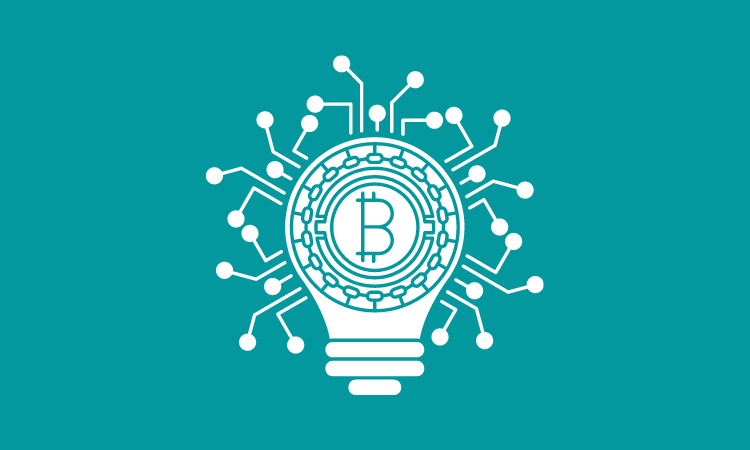Data
Plaid amps up crypto portability by adding leading exchanges to its network
- Plaid's new crypto functionality allows consumers to connect their crypto wealth to their personal finance applications.
- The service has complete integration with notable crypto exchanges like Binance.US, Gemini, Robinhood, and SoFi.








